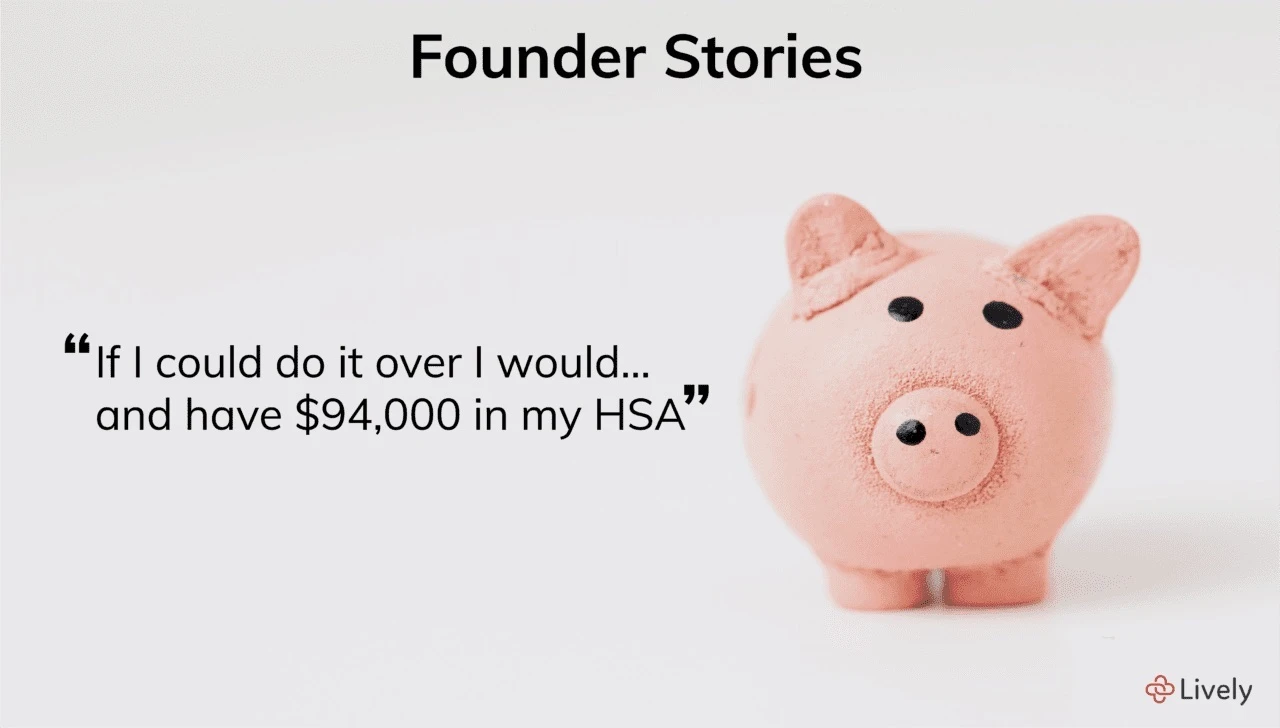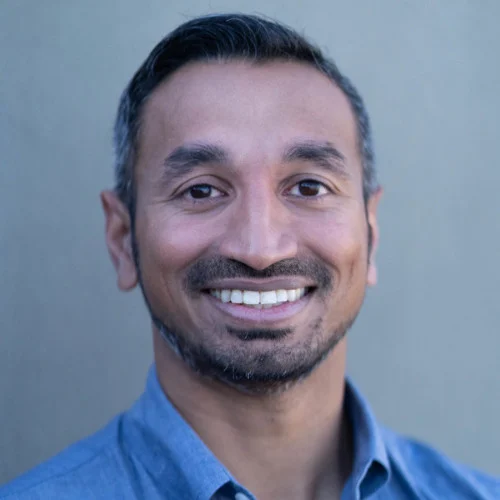The Lively Blog
SIGN UP FOR OUR
Newsletter
Stay up to date on the latest news delivered straight to your inbox
Why I switched off my family’s health insurance plan onto my own High Deductible
Shobin Uralil · September 28, 2017 · 6 min read

When Alex & I started Lively, we did everything in our power to keep costs down (and we still are). As a result, when we hired the first two members of our team and put in place health insurance for them, I decided not to enroll in Lively’s health plan because I could get it through my wife’s company. At that time (and in my mind), the decision was simple.
Health Insurance Options
I was fortunate enough to choose between:
Getting health insurance through Lively; or
Obtaining health insurance offered by my wife’s company
Even more so than offering health insurance, my wife’s company offered a very low deductible plan AND paid 100% of the premium (super generous of them). It was a no-brainer, right? I thought so also, but the thing that almost no one talks about is the opportunity cost of selecting this kind of plan given the alternatives.
The Backstory
In order to understand the opportunity cost, I’ll give a glimpse into my personal interactions with the U.S. healthcare system. I am married and we have a 2 year old son. Our family of 3 only go to the doctor and the pharmacy whenever my son has an issue (he gets sick, hurts himself, needs medication, etc.). Prior to our son being born, my wife and I would mainly go to the doctor for preventative check-ups (holding aside my wife’s pregnancy).
We are fortunate in that we don’t have any major ailments or diseases that require us to seek on-going medical treatment, however we are human and we have run into some major-medical issues from time to time – but it is more of the exception than the rule. For example, back in 2013, I fractured my ankle and had to go to the ER, was on crutches for weeks, had follow-up appointments, physical therapy, etc. But that’s about it. Our typical year is when we see our primary care physician for annual check-ups. That’s it.
As you can see, our healthcare needs revolve around our son, not ourselves. As such, why have we always just defaulted to a plan that covers the entire family, even if we aren’t paying for a lot of it? That’s a good question and I think I, like many others, have just fallen into the trap “because it’s easy and I don’t have to think much about it.” But that rationale is flawed.
Americans are so concerned about financial security for many reasons. However, most people don’t link their healthcare with their financial wellbeing. Why not? Both are separately complicated. And most complicated things in life are intimidating. The only way to get through complicated things or to overcome intimidation is to tackle these challenges head on. And in this case, education may help.
Missed Opportunity
If I could do It all over again, I would. Meaning if I could step into a time machine and go back to 2004 in New York City where I had my first job out of college, I would have selected an HSA-eligible health plan (e.g., High Deductible Health Plan) instead of a traditional PPO where I still had to pay premiums for health insurance that I rarely used. I wish I could have taken my Company’s HSA contributions and then contributed the difference to max it out every year. I would have been sitting on a healthcare nest egg. I did the math. Here are my assumptions:
My employer contributions would have been ~50% of the annual contribution limits for each eligible year
The difference was made up by my personal contributions to max out my HSA
I only participated in years where I was eligible (e.g., not eligible while in Business School)
I didn’t use any money in my HSA to pay for my fractured ankle!
I invested my money as soon as I could have in the S&P 500 index and all dividends were reinvested
What’s the result? Just over $94,000! Even if I had paid the $5,000 medical bill for my fractured ankle using my HSA funds, I would have been sitting on a balance of $87,000. Now, along the way, I would have also received tax benefits. Assuming a 30% all-in tax rate, that’s $18,750 that I would have saved in taxes. So let’s recap. The balance would have been ~$94,000. Total contributions would have been $62,500. My individual contributions would have been $31,250. And my tax savings would have been $18,750. This means that since 2004, I would have paid $12,500 out of my pocket to have a balance of $94,000. That translates $962/year ($80/month) since I started working.
Why Should You Care?
Why does this matter? Maybe it doesn’t to you, but it does to me. Healthcare costs are growing at staggering rates. The estimated healthcare costs for a couple from retirement through life expectancy is $300,000 – a 70% increase since 2002! If I want to be around to see my son and his kids grow up, I need to be sure that I am financially equipped to tackle healthcare as I get older. How’s that for linking financial wellbeing and healthcare?
I wish I had started earlier, but here I am now; 35 years old and beginning to plan for my future healthcare expenses. Ironically enough, I began my retirement savings (401k) when I was 22 years old. I think that happened because it was hammered into me that we have a Social Security crises in this country. What wasn’t hammered into me at that time was the healthcare crisis. Now it is front and center and it is real.
Food for Thought
To all of you millennials who may be reading this. Are you someone like me? Do you have the ability and the desire to save for your future healthcare expenses? If so, you may want to consider not paying blind money to your insurance company for coverage that you may never use, but rather take those savings and funnel it into a Health Savings Account that gives you the power and flexibility to make your own healthcare purchasing (and investing) decisions.
And don’t get me wrong. A health savings account isn’t perfect for everyone. But it could be right for some. It was definitely right for me.

Benefits
2025 and 2026 Maximum HSA Contribution Limits
Lively · June 20, 2025 · 3 min read
On May 1, 2025, the IRS announced the HSA contribution limits for 2026: $4,400 for individual coverage and $8,750 for family coverage. That’s a $100–$200 increase from the 2025 limits, which are $4,300 and $8,550 respectively. If you’re 55 or older, you can still contribute an extra $1,000.

Benefits
What is the Difference Between a Flexible Spending Account and a Health Savings Account?
Lauren Hargrave · February 9, 2024 · 12 min read
A Health Savings Account (HSA) and Healthcare Flexible Spending Account (FSA) provide up to 30% savings on out-of-pocket healthcare expenses. That’s good news. Except you can’t contribute to an HSA and Healthcare FSA at the same time. So what if your employer offers both benefits? How do you choose which account type is best for you? Let’s explore the advantages of each to help you decide which wins in HSA vs FSA.

Health Savings Accounts
Ways Health Savings Account Matching Benefits Employers
Lauren Hargrave · October 13, 2023 · 7 min read
Employers need employees to adopt and engage with their benefits and one way to encourage employees to adopt and contribute to (i.e. engage with) an HSA, is for employers to match employees’ contributions.
SIGN UP FOR OUR
Newsletter
Stay up to date on the latest news delivered straight to your inbox
